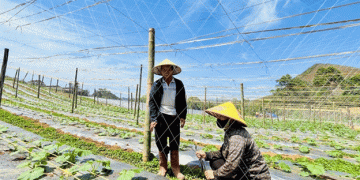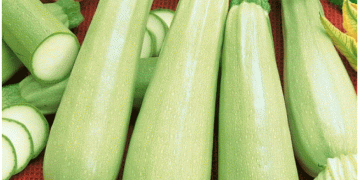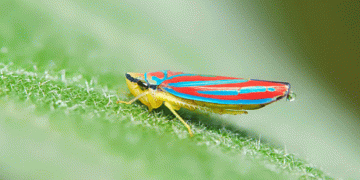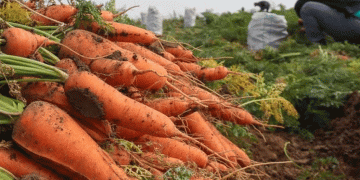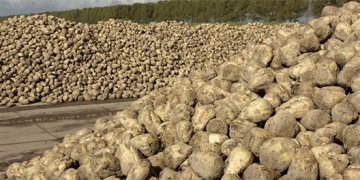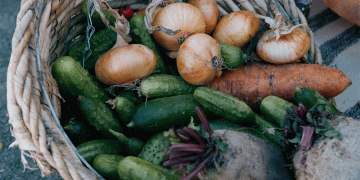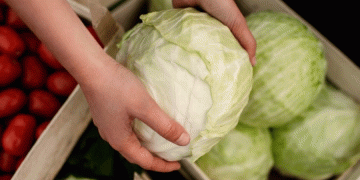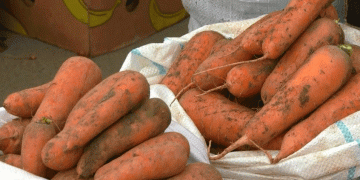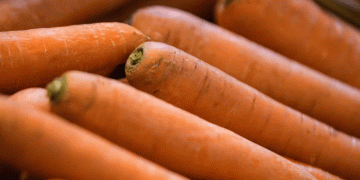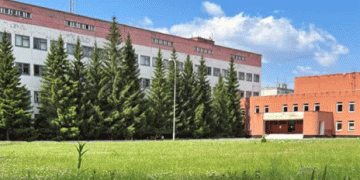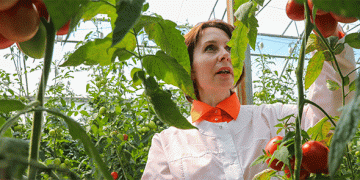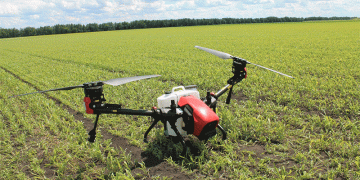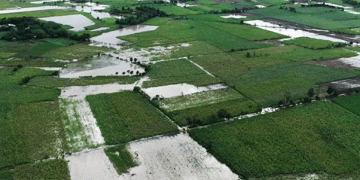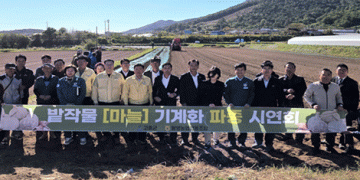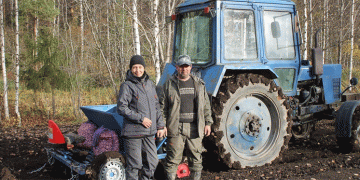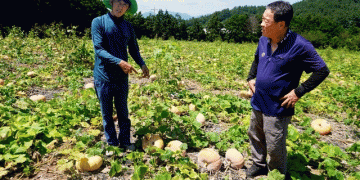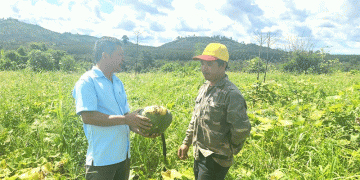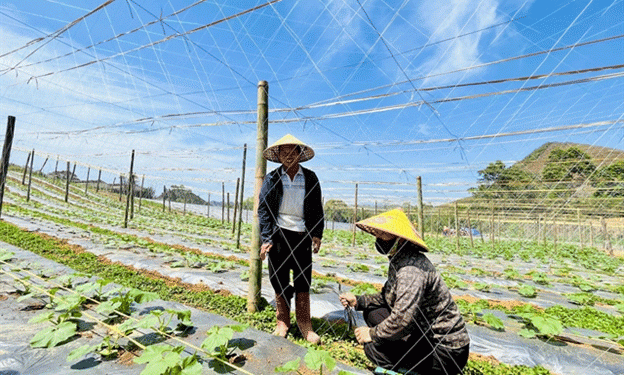In the highlands of Sơn La Province, Vietnam, farming has entered a new era. Once characterized by fragmented, low-efficiency practices, vegetable production in the province has seen a dramatic transformation thanks to a four-year safe agriculture initiative supported by the Japan International Cooperation Agency (JICA) and the National Agricultural Extension Centre.
This project, launched in May 2022, focuses on strengthening value chains for safe vegetable production across five cooperatives, including the successful Nông Xanh Cooperative in Mộc Châu Town.
A Model of Mountain Modernization
For local farmers like Hờ A Chống, a Mông ethnic minority member, joining the cooperative changed everything. Before, his income depended entirely on selling surplus produce in uncertain local markets. Now, he earns a steady monthly income of 5 million VND (USD 192) by managing squash fields using techniques learned through training from Vietnamese and Japanese experts.
Key innovations implemented at Nông Xanh include:
- Mulching film, which suppresses weeds, reduces pest damage, and improves soil moisture and fertilizer efficiency
- Mechanized field preparation, freeing up labor for precision crop care
- Training in VietGAP and Good Agricultural Practices (GAP)
- Market and sales training to align production with demand
These changes have had tangible impacts: yields are up by 20–25%, and the produce now meets the high standards required by supermarkets, restaurants, and organic food retailers in major cities like Hanoi and Hai Phong.
A Profitable Cooperative Model
Led by Director Lưu Tùng Định, the cooperative now oversees 50 hectares of production, including 20 ha of directly managed fields and 30 ha from affiliated local farmers. It supports over 30 full-time employees, expanding to 60 during peak seasons.
The numbers tell the story:
- Annual output: ~1,000 tonnes of vegetables
- Revenue in 2022: VNĐ 3 billion (~USD 115,700)
- Revenue in 2023: VNĐ 6 billion (~USD 231,400)
- Revenue in 2024: VNĐ 14 billion (~USD 540,000)
What sets this model apart is its contract-based buying system: regardless of market fluctuations, farmers are paid a stable price, giving them confidence to invest in safe and sustainable practices.
Export Potential and Market Insight
According to Kayano Naoki, JICA project coordinator, Sơn La’s climate and unpolluted water sources are perfect for growing off-season vegetables. This gives local farmers a competitive edge during times of shortage in Vietnam’s lowland regions. The key change, he said, is in mindset: “They now plant to sell, not sell what they planted.”
Farmers are increasingly conducting market research before planting, targeting outputs to suit their capacity—whether it’s supplying provincial wholesale markets or aiming for supermarkets and export.
Looking Ahead
The province plans to expand these training methods through its own agricultural extension programs, focusing on safe and planned farming. Future developments include:
- Creating two new preliminary processing warehouses
- Expanding cultivation to over 100 ha
- Developing packaging, branding, and logos for traceable, high-quality products
Even during adverse events like Typhoon Yagi, cooperatives maintained supply by quickly resuming production, highlighting their operational resilience.
The Sơn La safe agriculture project has proven that with the right training, infrastructure, and market alignment, even remote mountain communities can thrive. By replacing outdated practices with a forward-thinking model rooted in cooperation, sustainability, and planning, Sơn La offers a blueprint for highland farming success—not just in Vietnam, but globally.
